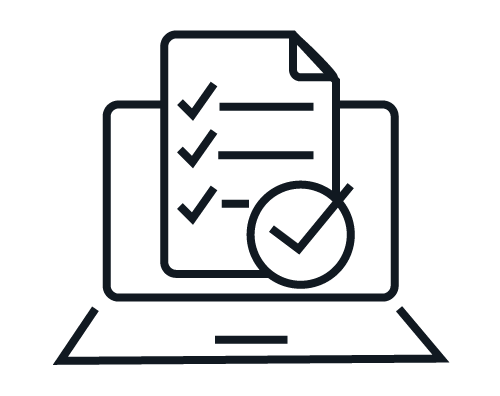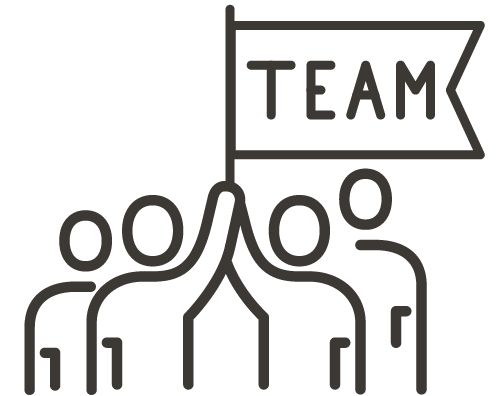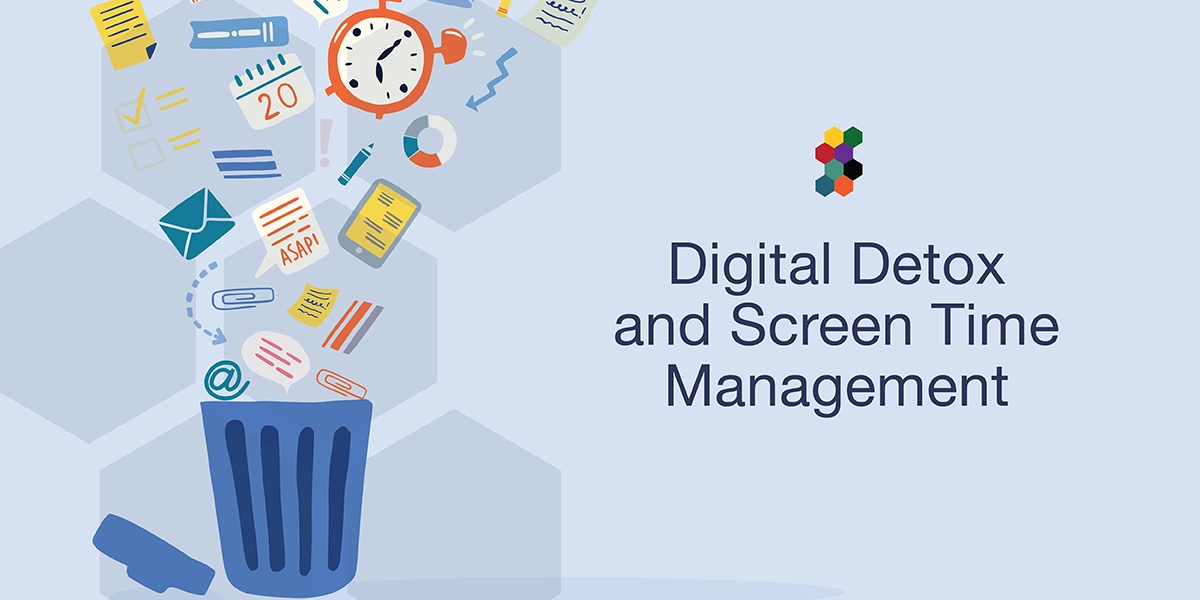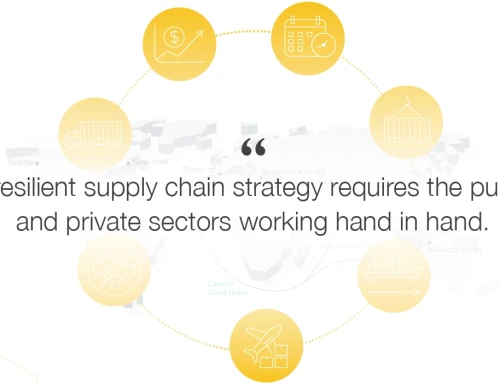In today’s digital age and remote work environments, the boundaries between work and personal life have become increasingly blurred. With the prevalence in our lives of smartphones, tablets, and laptops, employees are spending more time in front of screens than ever before. As executives, it’s our responsibility to recognize the impact of excessive screen time on our workforce and take proactive steps to promote corporate wellness. Here are 3 key strategies to help executives foster a healthier work environment by encouraging digital detox and screen time management among employees.
Educate Employees about the
Importance of Reducing Screen Time:
The first step in promoting corporate wellness through digital detox and screen time management is education. Many employees
may not be fully aware of the negative effects of excessive screen time on their physical and mental health. To address this, executives can initiate awareness campaigns within the organization.

Workshops and Seminars
• Organize occasional workshops and seminars that focus on the importance of reducing screen time.
• Invite experts in the field of psychology and wellness to discuss the potential health risks associated with prolonged digital device usage.

Internal Communications
• Regularly communicate with employees through newsletters, emails, or intranet posts to share articles, studies, and tips related to screen time management.
• Highlight how reducing screen time can lead to improved productivity, better sleep, and enhanced overall well-being.
Provide Tips for Managing
Digital Device Usage:
It’s not enough to educate employees; executives should also provide practical tips and strategies for managing digital device usage effectively. Here are some actionable suggestions:

Set Clear Boundaries
• Encourage employees to establish clear boundaries for screen time, both at work and during their personal time.
• For instance, they can designate specific hours for checking emails or using social media.

Use Productivity Tools
• Recommend productivity tools and apps that help individuals track and limit their screen time.
• These tools can provide insights into where time is spent on devices and offer reminders to take breaks.

Encourage Screen-Free Zones
• Designate certain areas within the workplace as screen-free zones, such as break rooms or relaxation areas.
• Encourage employees to take breaks in these areas to foster face-to-face interactions and relaxation.
Promote Face-to-Face Interactions and Disconnecting from Screens During Breaks:
One of the most effective ways to reduce screen time is by promoting face-to-face interactions and encouraging employees to disconnect from screens during breaks. Executives can implement the following strategies:

Organize Team-Building Activities
• Arrange team-building activities, such as group lunches, outdoor outings, or team sports, to foster social interactions among employees.
• These activities not only reduce screen time but also enhance teamwork and camaraderie.

Create Screen-Free Break Incentives
• Institute benefits that encourage employees to disconnect from screens during break times.
• Provide comfortable spaces where employees can relax, read, or engage in conversations with colleagues.

Lead by Example
• Executives should lead by example and demonstrate a commitment to screen time management.
• Avoid sending emails or messages to employees during non-working hours and encourage a culture of work-life balance.
Promoting corporate wellness through digital detox and screen time management is a vital responsibility for executives. By educating employees about the importance of reducing screen time, providing practical tips for managing digital device usage, and fostering face-to-face interactions, organizations can create a healthier and more productive work environment. Executives who prioritize employee well-being not only improve the overall quality of work but also contribute to a happier and more motivated workforce. It’s time for all of us in leadership positions to take the initiative and make a positive impact on the well-being of our employees and our organizations as a whole.





